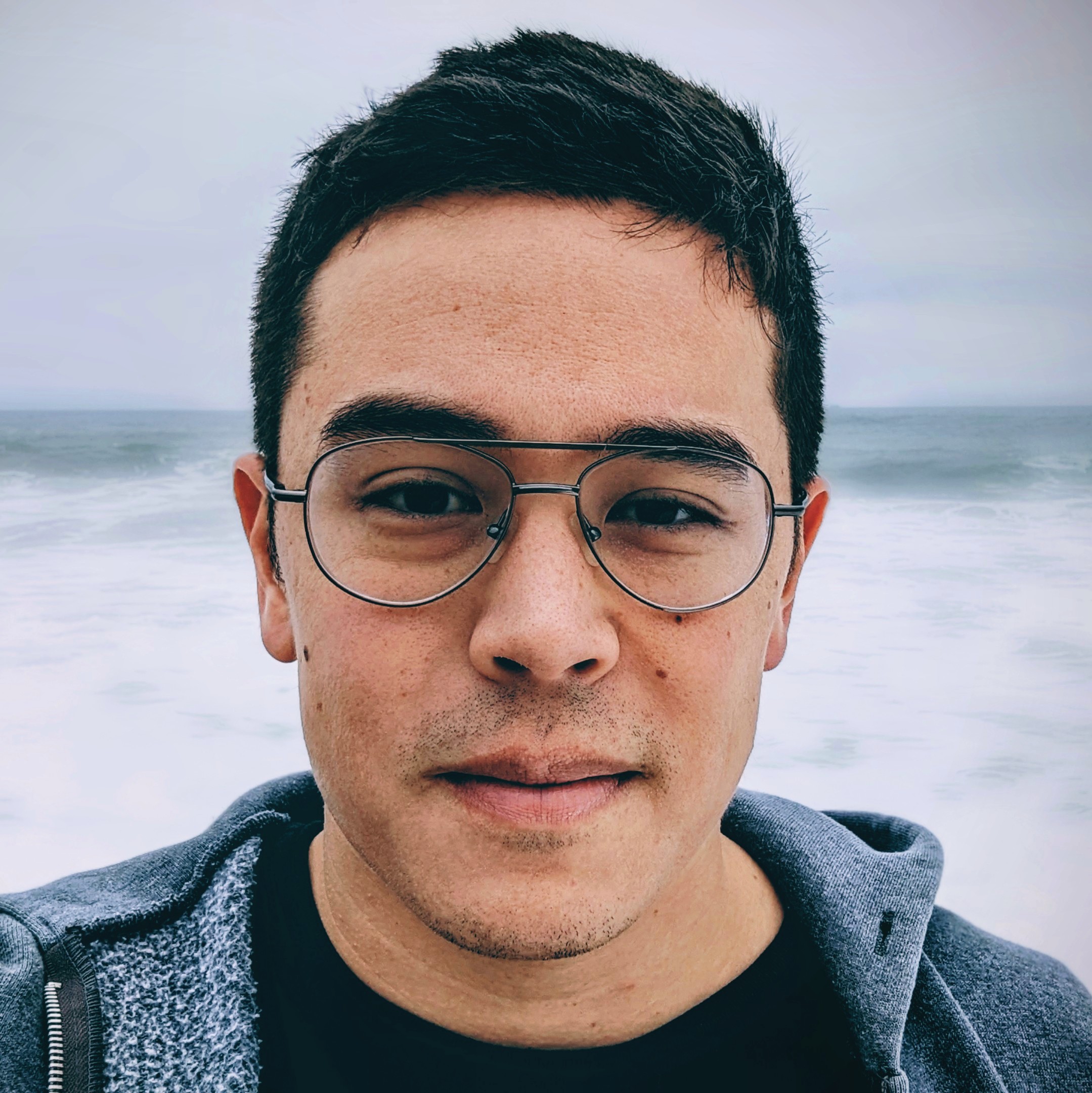The “brave new world” is strikingly similar to our own.
Where its rules and designs are stark and defined—ours are subtler, but hardly different.
An engineered society. Rules imposed to protect social stability, foremost. Then to repel all insecurities from our fragile minds. Embryos engineered for particular tasks. Persons conditioned to love those tasks, to envy nothing, to find no fulfillment (and have no desires) beyond sensual pleasures.
What stands between sensual impulses and their immediate fulfillment is only and always bad. Kill all stigmas.
Tranquility and ease—these are the brave new world’s gods.
Are these our gods?
Of course not. Our lives are richer, right? We deal with weightier things, right? We love and laugh and hate and cry, right? Our days are diverse, right?
But how many of us deal with such things only out of necessity? Do we love because we choose to love, or does it just happen to us? Do we laugh because we know true joy, or is it most often some impulsive reaction? Do we hate thoughtfully and intentionally, or are we simply repulsed by something or other?
Do we cry because we are deeply sad, or because we just don’t understand what’s going on and why we feel this way and why any of this has to happen?
And what of passion? Intended, cultivated passion. Is that around?
Something to think about.
(Oh, and here’s a piece on how we do engineer embryos. Or, at least, we could.)
Other thoughts:
- There is no killing stigmas without introducing others. Stigmas against stigmas.
- Fulfillment is relative. The Savage finds no fulfillment in easily acquiring sensual pleasures, as do his peers. Nor must you, or I, necessarily find fulfillment in any particular thing—certainly not in any material or sensual object, no matter how pervasive are the expectations that we ought.
- The Savage’s only escape was suicide. Is more frequent suicides a side-effect of the piling on of expansive social norms (rules that some find oppressive)? And does the piling on of social norms go hand in hand with a growing and increasingly intertwined population, where the return on stability is enhanced? Where the effects of smaller disruptions are amplified because of our inter-connectedness?
